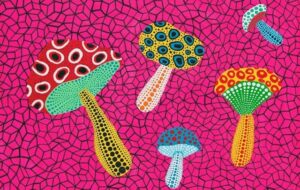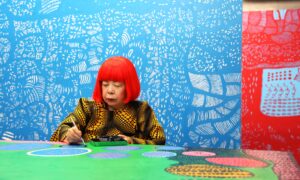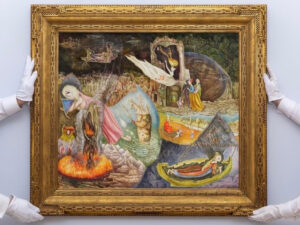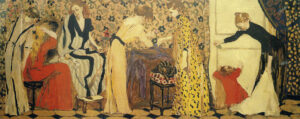Vincent van Gogh, Self-portrait with Bandaged Ear, 1889, Oil on canvas, 24 x 20 inches
Mental Health Day: October 10th
October 10 marks world mental health day which invites a discussion about society’s long-time fascination with mental illness’ pervasiveness in the arts. From Van Gogh infamously cutting off his own ear to present day artist Yayoi Kusama voluntarily living and working in a psychiatric asylum, it is easy to find validity in the clichéd trope of the genius artist plagued with madness. In truth, however, the notion that creative types tend to have mental disabilities is largely unsubstantiated.

What is noteworthy concerning mental health’s intersection with the arts is the use of art as a form of therapy. Professionals are increasingly turning to creative techniques such as drawing, painting, collage-making and sculpting to help patients artistically express themselves in the hopes of better understanding their feelings and behaviours. Art therapy has proven to improve self-esteem, manage addictions, relieve stress and help alleviate anxiety and depression.
Aside from creating artwork, a new dimension of art therapy is emerging that promotes the simple act of viewing artwork as a legitimate form of mental health treatment. A partnership between the Montreal Museum of Fine Arts and a group of local doctors has launched a pilot project that involves prescribing patients with a trip to the museum. Art’s ability to stimulate neural activity, release hormones and offer escapism is believed to benefit patients suffering from mental illnesses as well as a variety of other health conditions.
What a delight to be offered a prescription free of risky side effects with an added bonus to get a dose of culture.





